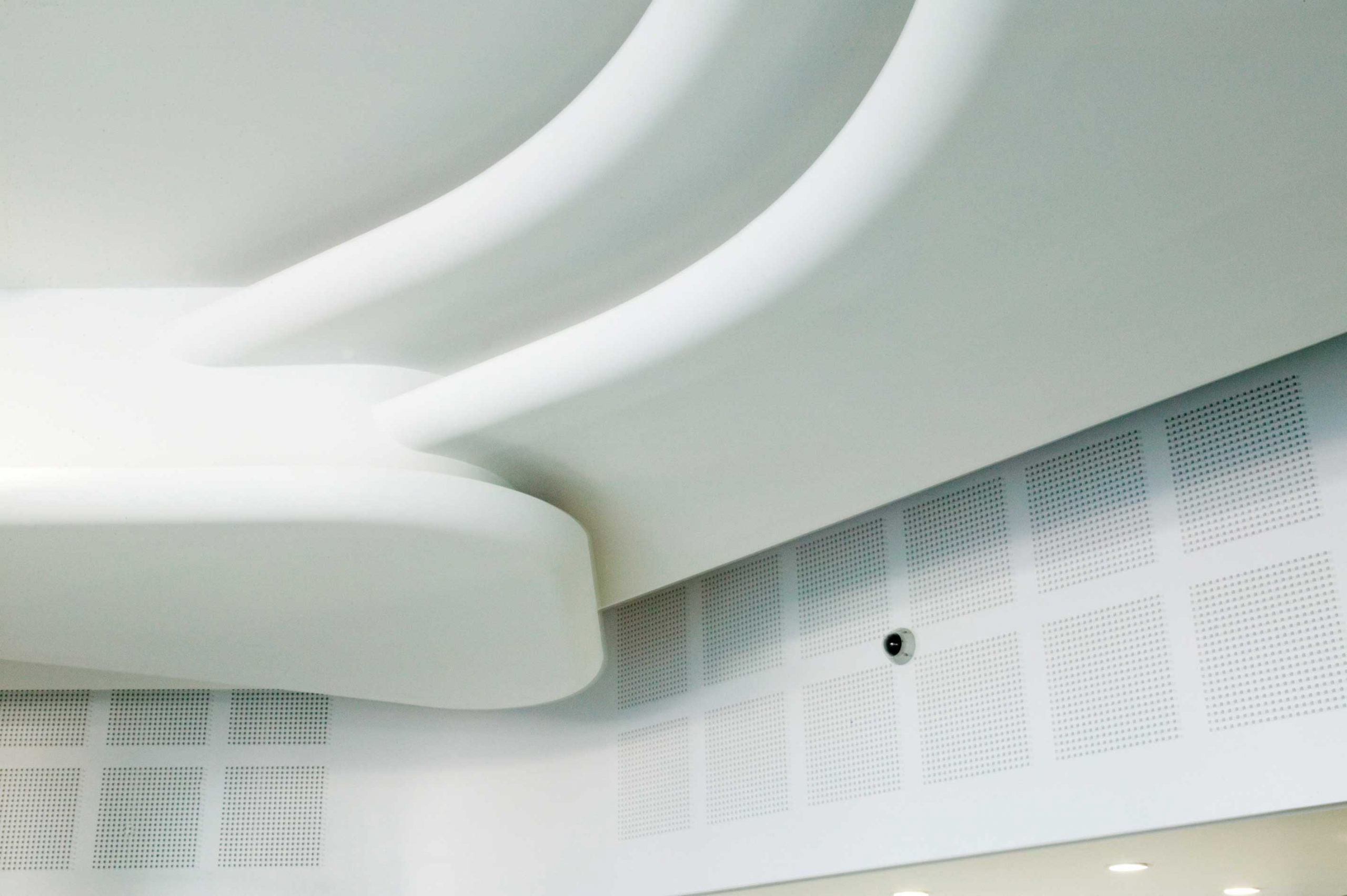What is the difference between these materials? Find out how they are used in construction and manufacturing
Construction is such a multifaceted industry, made up of diverse talents, technology and – of course – terminology. Even if you’re a trained professional, you could be forgiven for mixing up abbreviations, especially as some of them sound so similar.
For example, Glass Reinforced Gypsum is often shorted to GRG, which sounds similar to other materials GRC and GRP.
While their names sound similar, they couldn’t be more different.
When managing your project, it’s important to know your materials and recognise the difference between GRG, GRP and GRC. This reference guide should help to keep your knowledge up to date and keep you at the top of your game.
What is GRG?
GRG stands for Glass Reinforced Gypsum or sometimes called Glass Fibre Reinforced Gypsum (GFRG). It is generally a hand laminated product manufactured from hard casting plasters and continuous filament glass fibre matting. With reinforcing timbers or metal sections as required.
It is a more durable than traditional Fibrous Plasterwork, offering smoother finishes and higher impact resistance.
What is Glass Reinforced Gypsum (GRG) used for?
GRG is often used to build interior ceiling features, atrium linings or circular column casings for department stores, shopping centres, office buildings and hotels. It is used extensively in modern commercial environments like airports and casinos.
This versatile construction material can be moulded to create domes, column casings, fascias, bulkheads, coves, light troughs, pilasters and other architectural features.
In some projects, depending on the design, it can be installed in semi external situations. But GRG is best used indoors and kept away from direct weathering outside.
Why is Glass Reinforced Gypsum (GRG) useful?
GRG is a lighter and stronger alternative to traditional fibrous plasterwork. It is renowned for its crisp look and feel, free from plaster skim lines and other flaws.
It is manufactured using a combination of continuous filament glass fibre matt and from a range of hard casing plasters, which gives this material its excellent strength to weight ratio.
The material can be a lifesaver when planning complex projects, helping to reduce site installation time and risks to health and safety. As well as being a lighter material to carry on site, it is much easier to install, as it can simply be screwed directly or wired to a metal framework. As it is lighter, larger casts can be manufactured, cutting down on installation costs.
The GRG moulding process allows this material to be made into a variety of shapes and styles, which is why we love to work with this material for the benefit of the built environment.
What is GRP?
GRP stands for Glass Reinforced Plastic, which is more commonly known as “fibreglass”. It has a wider range of uses than GRG and so it is probably a more well known as a material. While GRG is mainly used to create sleek and durable building interiors, GRP is used in construction for roofing, canopies and doors.
It is a composite material which is made up of glass fibres impregnated with polymers like resin, which makes it a strong and durable material.
What is Glass Reinforced Plastic (GRP) used for?
GRP is often used as an alternative to wood or steel, especially for hammer handles. It has also been used in boats, bathtubs, water tanks, pipes, cladding and orthopaedic casts. It is less versatile when used as an internal lining as it is more difficult to joint panels on site and takes longer to cure the casts so is more expensive to manufacture than GRG. It is generally not used in internal situations unless the designer has a particular need to use GRP.
Its early uses were in the aviation industry and apparently was used in WWII as a replacement for moulded plywood on radar enclosures.
What is GRC?
GRC stands for Glassfibre Reinforced Concrete or GFRC (Glassfibre Reinforced Concrete) in America.
While GRG (Glass Reinforced Gypsum) is used for interiors, and GRP (Glass Reinforced Plastic) for its versatile uses, GRC is used for exterior building facade panels and as architectural precast concrete.
What is Glassfibre Reinforced Concrete (GRC) used for?
As well as being used for exterior building facades, GRC has also been used for many decades as an ornamental concrete. It has been used to create domes, statues, planters, and fountains; however, it is much more expensive than conventional concrete.
GRC has also been used as an alternative for similar materials like fibre cement siding and cement boards.
Need a GRG expert on hand for your next project?
Ryedale Interiors are based in the heart of beautiful West Yorkshire. We’ve helped to create sleek, stylish and durable interiors for projects across the country.
We’ve created technically challenging dry-lined suspended ceilings and interiors for modern shopping centres and office blocks.
We are known for our quality manufacturing and installation of Fibrous Plasterwork, Glass Reinforced Gypsum and GRG column casings.
Tell us more about your project by calling 0113 228 6494 or emailing info@ryedaleinteriors.co.uk, and we’ll reply and start the conversation.



